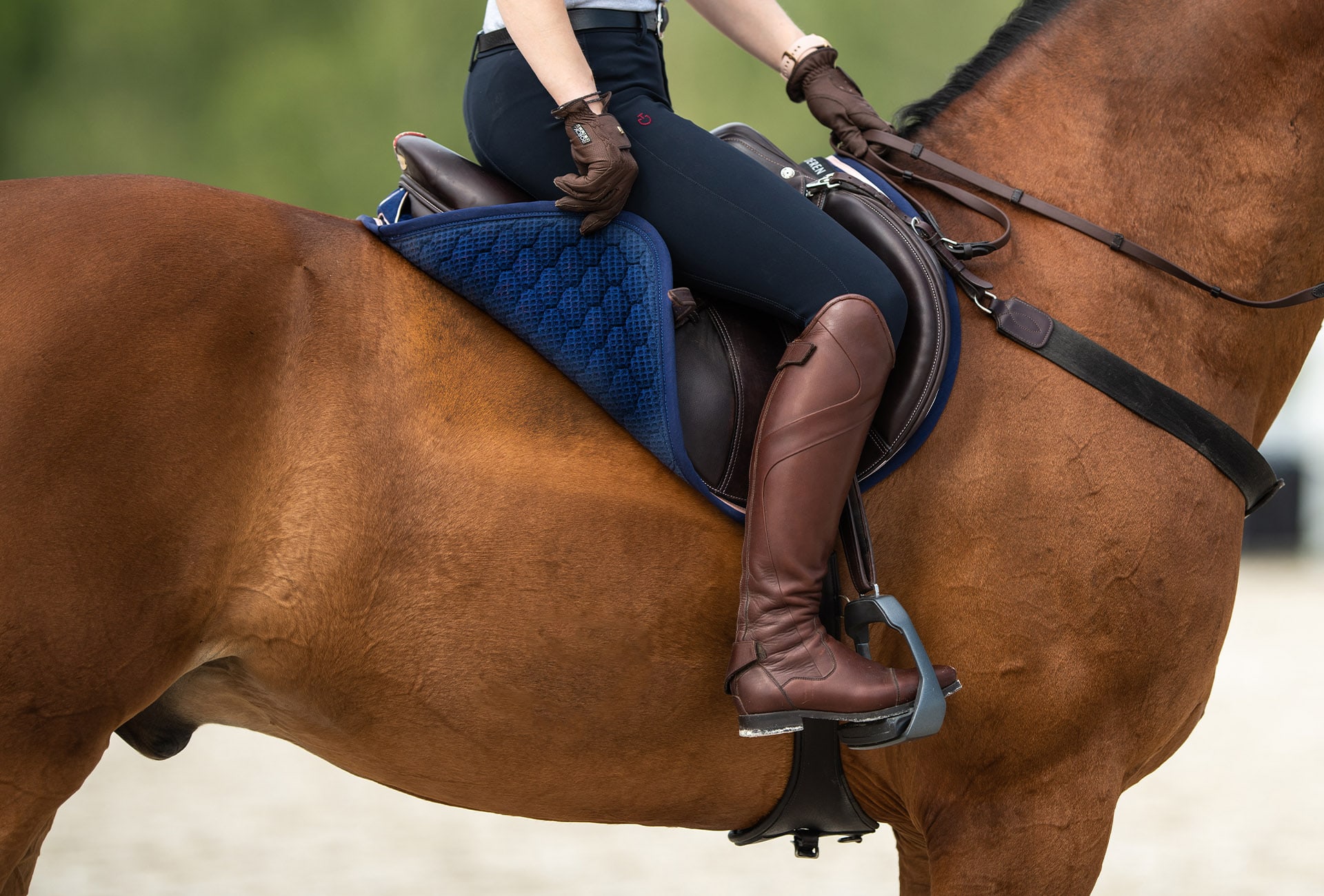Brushing a horse is an essential part of its care routine, and knowing how to properly brush a horse can make a tremendous difference in maintaining its health and happiness. Whether you’re new to equine care or a seasoned horse owner, it’s crucial to understand the steps and techniques involved in grooming.
With the advent of new technology and grooming tools, the process has become easier and more efficient. This article will provide you with a comprehensive guide to ensuring your horse’s coat remains healthy and clean.

Why Is Proper Brushing Important?
Ensures Skin Health
Brushing removes dirt, dust, and debris, which can cause irritation and skin issues. Regular grooming stimulates the skin’s natural oils, promoting a shiny and healthy coat.
Builds a Strong Bond
Regular grooming sessions allow you to spend quality time with your horse, strengthening the bond between you. It also allows you to check for any injuries or health issues.

Preparing for Brushing
Gather the Necessary Tools
Essential tools include a curry comb, hard brush, soft brush, mane and tail comb, hoof pick, and a clean towel. Ensure that your tools are clean and in good condition.
Find a Safe Brushing Area
Choose a quiet, well-lit area with enough space for you to move around your horse. An open area with a solid floor is ideal.
Understanding Your Horses Behavior
Before you start brushing, spend a few minutes calming your horse and making it feel comfortable. This will make the grooming process smoother and enjoyable for both of you.

Step-by-Step Guide to Brushing a Horse
Step 1: Curry Comb
Use the curry comb to loosen dirt and debris from your horse’s coat. Start at the neck and work your way down to the hindquarters, using circular motions. Avoid sensitive areas such as the face and legs.
Step 2: Hard Brush
The hard brush is used to remove the loosened dirt and hair. Brush in short, brisk strokes, following the direction of the hair growth.
Step 3: Soft Brush
The soft brush is used for the final touch, to remove any remaining dust and give the coat a nice shine. This brush can be used on the face and legs.
Step 4: Mane and Tail
Use the mane and tail comb to detangle and smooth out the hair. Start from the bottom and work your way up to avoid pulling and breaking the hair.
Step 5: Hoof Care
Pick out your horse’s hooves to remove dirt and debris. Check for any signs of injury or infection. For more information on hoof care, you can refer to our article on trimming a horse hoof.

Aftercare Tips
Regularly Clean Your Tools
Keep your grooming tools clean and hygienic. Wash the brushes and combs regularly to prevent the buildup of bacteria and dirt.
Check for Health Issues
During grooming, check your horse for any signs of health issues, such as cuts, bruises, or infections. Address any issues promptly to ensure your horses well-being.
Common Mistakes to Avoid
Brushing too hard or aggressively can cause discomfort and skin irritation. Always brush gently and be mindful of your horse’s reactions. Avoid using dirty or damaged grooming tools, as they can cause more harm than good.
Modern Grooming Technology
The use of advanced grooming tools and technology has revolutionized the way we care for our horses. There are electric curry combs and streamlined brushes designed to minimize effort and maximize results.Learn More
Expert Tips from Experienced Owners
Experienced horse owners suggest brushing in a routine manner and paying special attention to the horses comfort. Ensuring the grooming process is a positive experience will encourage cooperation.
Include Treats as Rewards
Incorporate treats to reward your horse during the grooming process. This not only makes the experience pleasant but also helps in training your horse to remain still and cooperative.
Benefits of Regular Brushing
Regular brushing offers numerous benefits, including improved blood circulation, a shiny coat, and a strong bond between you and your horse. It also helps in early detection of any health issues.
Final Thoughts
Brushing your horse properly is essential for its health and happiness. Understanding the steps and being aware of your horses needs will ensure a positive grooming experience. Remember, a well-groomed horse is a happy horse. Learn more about related topics, such as bridle a horse and bridle cost.
FAQs
What tools are essential for proper horse brushing?
A curry comb, hard brush, soft brush, mane and tail comb, hoof pick, and a clean towel are essential tools for horse brushing.
How often should I brush my horse?
Brushing your horse daily is recommended to maintain a healthy coat and build a strong bond.
Can brushing help detect health issues?
Yes, regular brushing allows you to check for any injuries, cuts, bruises, or signs of infection, enabling you to address them promptly.
As an Amazon Associate, I earn from qualifying purchases.